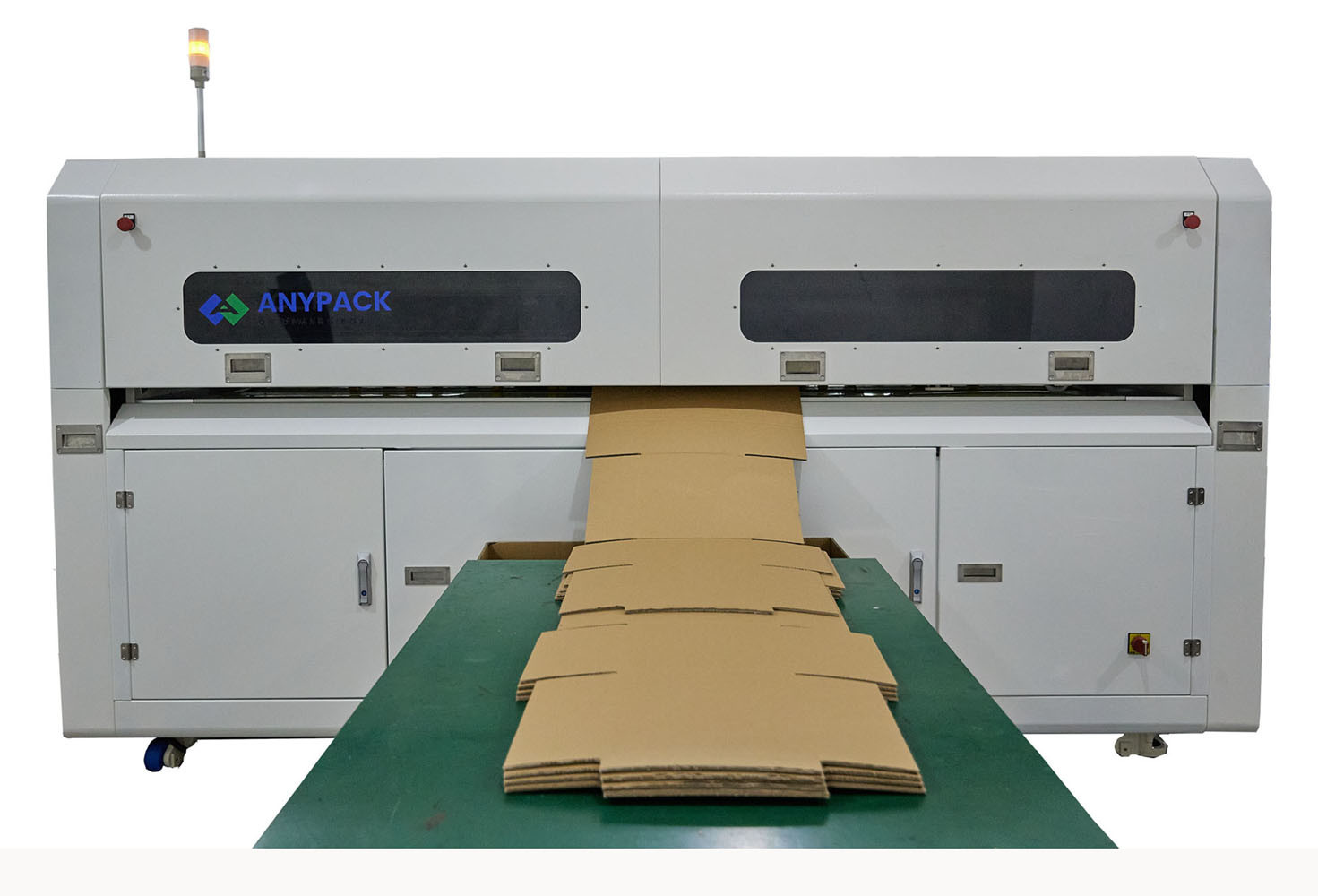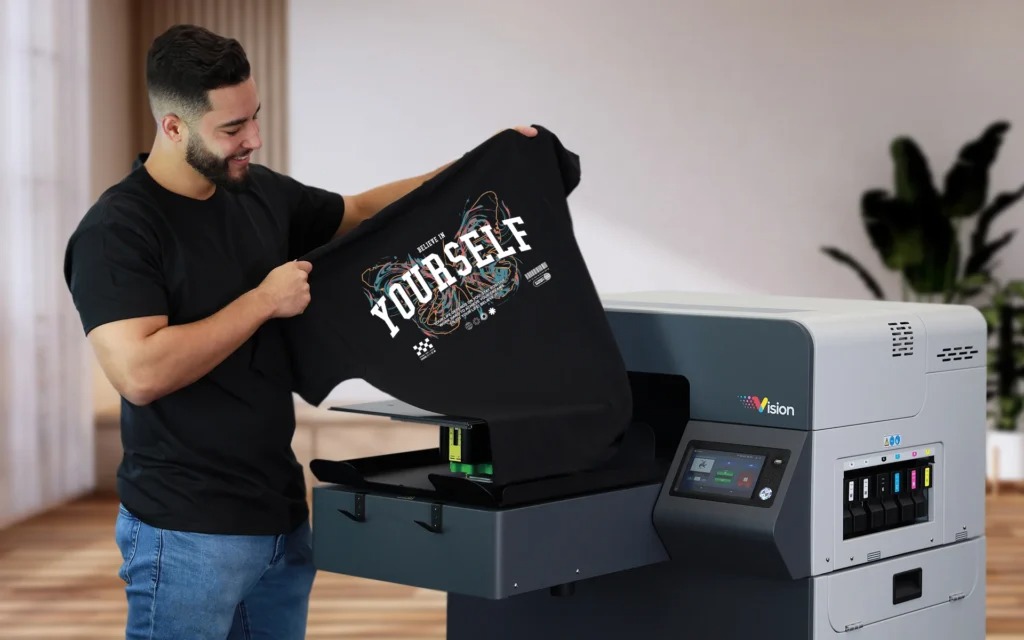In the ever-evolving world of packaging, precision plays a pivotal role in ensuring that products reach consumers in perfect condition. Among the many technological advancements in this industry, the Corrugated Box Making Machine stands out as a cornerstone of precision packaging. This sophisticated piece of machinery has revolutionized the way boxes are produced, enhancing efficiency, reducing waste, and ultimately delivering a superior product to the end-user.
The Evolution of Box Making Machines:
Historically, box manufacturing was a labor-intensive process, involving manual cutting, folding, and gluing. However, as demand for customization, speed, and cost-effectiveness increased, the need for automated solutions became evident. This gave rise to the box making machine, a marvel of engineering that combines technology and precision to produce boxes of various sizes, shapes, and complexities.
Key Components of a Box Making Machine:
- Feeding System: At the heart of the box making machine lies its feeding system. This component ensures a seamless transition from raw materials, usually corrugated cardboard or paperboard, to the production line. Advanced sensors and mechanisms ensure consistent and accurate material feeding, a crucial aspect of precision packaging.
- Die-Cutting Unit: The die-cutting unit is responsible for shaping the cardboard into the desired box form. Precision in this phase is essential to ensure that each box is uniform and meets the specified dimensions. Modern box making machines employ advanced die-cutting technologies that can handle intricate designs with remarkable accuracy.
- Folding and Gluing Mechanism: After die-cutting, the box making machine proceeds to fold the cardboard along predetermined lines and apply adhesive for secure bonding. The precision of this phase is critical to guarantee the structural integrity of the box. Automated folding and gluing mechanisms contribute to speed and accuracy, reducing the margin of error in the final product.
- Stacking and Sorting System: Once the boxes are formed, they go through a stacking and sorting system. This phase ensures that the finished products are neatly arranged and ready for further processing or packaging. Precision in stacking is crucial for efficient handling and transportation of the boxes, minimizing the risk of damage.
Benefits of Precision in Packaging:
- Customization: Box making machines allow for a high degree of customization, enabling manufacturers to produce boxes tailored to specific product dimensions. This level of precision ensures a snug fit, reducing the need for excess packaging material and minimizing waste.
- Efficiency and Cost-Effectiveness: Precision in the box making process translates to increased efficiency and cost-effectiveness. The automated nature of these machines reduces labor costs, accelerates production rates, and minimizes material wastage, ultimately contributing to a more sustainable and profitable operation.
- Consistency and Brand Image: Consistency is key to building a strong brand image. Precision packaging ensures that each box leaving the production line is identical in quality, contributing to a positive perception of the brand. Uniform packaging also enhances shelf appeal, attracting consumers with a polished and professional presentation.
Conclusion:
The box making machine, with its intricate components and advanced technologies, has emerged as a linchpin in the world of precision packaging. As consumer expectations for quality and sustainability continue to rise, manufacturers must invest in cutting-edge machinery to meet these demands.



